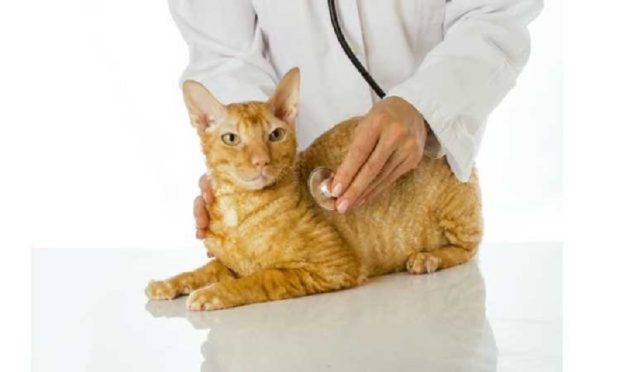Being the proud owner of a pet isn’t easy. Cats, dogs, and other animals require a lot of care and attention in order to stay happy and healthy. If you’re worried about how to care for your pet after an accident, this article has all the tips you need to know!
Step 1 – Clean the Cat’s Wound
Wash any blood or dirt off of your cat’s wound with cool water. Pay close attention to how deep it is and if you can tell where it came from (i.e. road, chain link fence, etc.). If a foreign object is embedded in their wound, don’t try to remove it on your own; get your pet to a vet as soon as possible.
Step 2 – Stop any Bleeding
If there’s a great deal of blood flowing from your pet’s wound, apply pressure with your hands. This can stop most bleeding and gives you time to begin treatment. You can also use gauze or towels for added pressure if necessary. If you don’t have bandages on hand, place a towel or shirt over the wound, and hold it firmly in place with one hand while you press down on top of it with your other hand.
Step 3 – Protect the Injury
It’s critical to protect your pet’s injury immediately. If there is any dirt or debris around, use a paper towel or piece of clothing and clean it off, but don’t try to dig into it with anything else, like tweezers. Clean all wounds before applying ointment or wrapping them in bandages; you want to make sure that they’re protected from further damage.
Step 4 – Check your Pup’s Temperature
Another common misconception is that, if your dog is injured, you should take its temperature. The most important thing when caring for a pet after an accident is checking its vital signs—not taking its temperature. It’s also not a good idea to give a cat any over-the-counter medications (ibuprofen, acetaminophen), which can be toxic to pets. Ask your vet what he or she recommends giving instead.
Step 5 – Treat the Injury With Home Remedies
Once you’ve located and cleaned out your pet’s wound, it’s time to determine how best to proceed. In some cases, there may be a gaping hole or something more minor. If your pet is already showing signs of infection like redness, warmth, or pus around his wound, see a vet ASAP. On the other hand, if your cat seems fine otherwise and there isn’t much blood involved, home remedies can work wonders.
Step 6 – Watch Out For Signs of Infection
All cuts, no matter how small, are vulnerable to infection. This is especially true of deep lacerations or puncture wounds that expose your pet’s blood and internal organs. Animals may become lethargic, lose their appetite, or have trouble walking; all of these are signs of a potentially life-threatening infection. If you notice any sudden changes in your pet’s behavior, take him to your veterinarian as soon as possible.
Step 7 – Conserve Energy Until Healing Is Complete
A cat’s body has a natural ability to heal itself. To speed up healing, you can give your cat a warm, comfortable environment and make sure it is not exposed to any further danger. It may be helpful in some cases of injury or illness for you to call your veterinarian to get advice on how best to care for your cat until it is fully healed.




